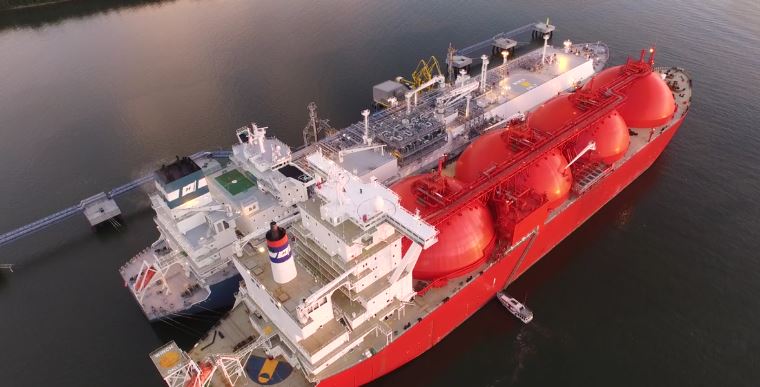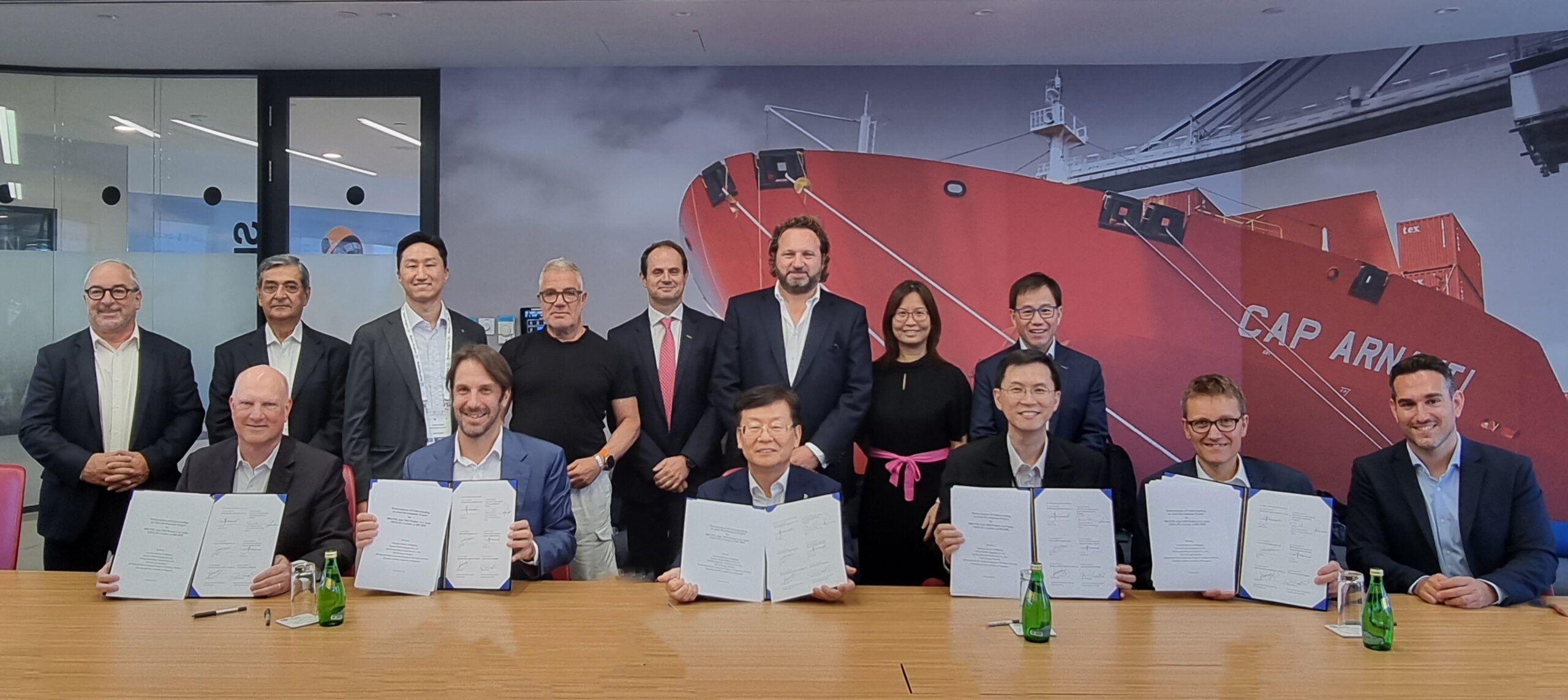Increasing demand for energy security indicates a trend towards sophisticated infrastructure for liquefied natural gas.
According to Oslo based supplier of gas network infrastructure systems Höegh LNG, increasing access to natural gas will boost economic growth and create a larger dependency on imported LNG. Ten years ago, just 18 countries imported LNG but in 2016 this rose to 35 according to Shell’s 2017 LNG outlook report.
One growth area supporting the increase in gas imports its the utilisation of floating storage and regasification units (FSRUs). According to Erik Folkeson, Head of Invester Relations at Höegh LNG, there were no FSRUs, but today 22 are in operation.
This relatively rapid growth of FSRUs indicates a trend towards the import of LNG. Lithuania, for instance, no longer has to import gas from Russia and now uses an FSRU at the seaport of Klaipedia, off Lithuania’s coast. In Pakistan, which relies on natural gas for 50% of its energy consumption, LNG import is vital due to gaps in the domestic production line and limited pipeline access.
Figures from Clarksons Research show a rise in offshore gas production that coincides with the increasing number of FSRUs. In 2006 offshore fields accounted for 28% of global gas production, but by 2016 this was 31%. This indicates that increasing demands for energy security are leading to the development of more sophisticated infrastructures such as FSRUs to provide LNG.
Excelerate Energy, Golar LNG and HöeghLNG are the three key players in the FSRUs segment. FSRU’s are flexible: they can be deployed as LNG carriers if the demand for them is low, providing added security for operators and owners in an unpredictable market while providing evidence of a strengthening supply network to entice potential users such as shipowners wanting to deploy LNG fuelled tonnage.
As infrastructure for LNG becomes more sophisticated there will be heightened confidence in small and large scale projects for LNG provision. The expansion of FSRUs demonstrates that there is a strong LNG supply chain that can be built upon to create the small scale supply often seen as critical for marine LNG bunkering.
For the shipping industry, LNG is becoming an increasingly popular method of fuelling its ships. Prices are low and the fuel enables compliance with a range of IMO regulations, including the 2020 0.5% global sulphur cap. In the latest data from Clarksons Research, the LNG carrier fleet has grown from 193 to 479 vessels between 2006 and March 2017, indicating a growing demand for the transport and use of LNG. Recent data from DNV GL shows there are now 201 confirmed LNG fuel ship projects.
James Ashworth, Lead Consultant at TRI-ZEN International, told fathom-news that he believes LNG will lead and bunkering infrastructure will follow. No other fuels are viable. In his opinion, scrubbers may make a short term impact but are not suited for long-term use. Ashworth believes they are too easy to cheat and will not meet tightening CO2 targets, therefore LNG and its infrastructure must and will move ahead.
US Classification Society ABS has recognised the growing demand for LNG within the shipping industry and has published a guide specifying the ABS requirements for obtaining the optional classification notation for FSRUs. It gives designers, builders, owners and operators of LNG carriers/tank barges information on the safe design, construction and arrangement of LNG regasification units. It covers purpose-built LNG regasification vessels and existing LNG carriers that are converted.
Image courtesy of Höegh LNG.
Fathom-News
editor@fathom-mi.com

































